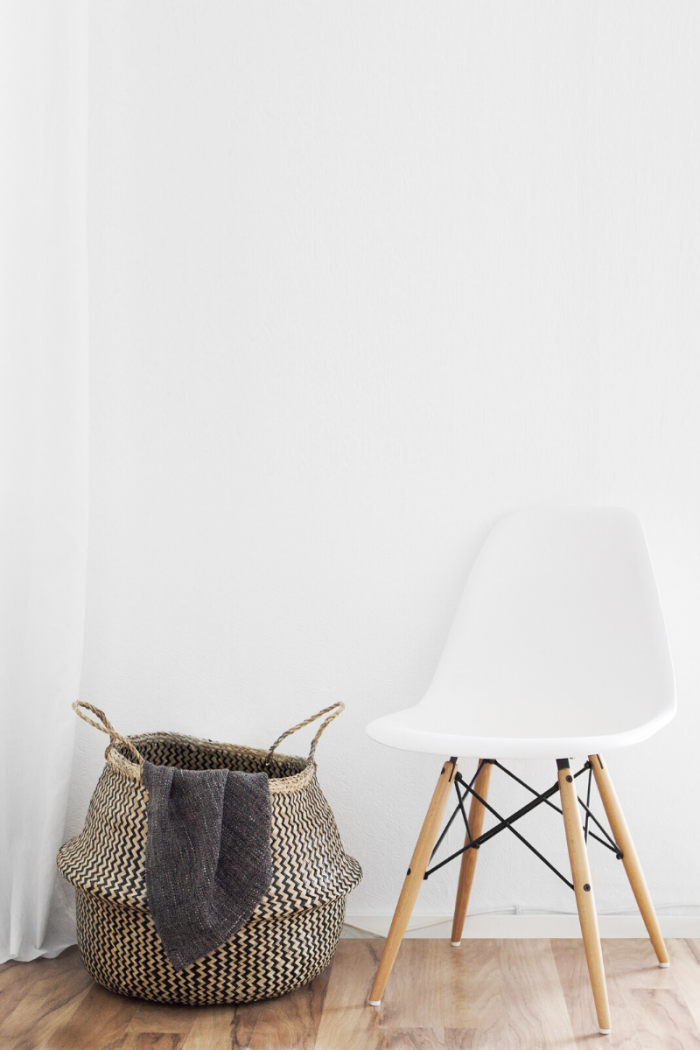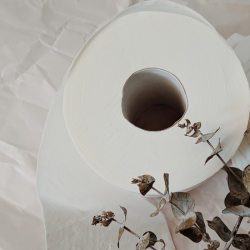Organising an efficient cleaning schedule can be difficult. One day you’re on top of all your cleaning tasks. Then the next day is spent attending appointments or work, and the chores start to build up, leaving you overwhelmed and not knowing where to start when you arrive home. If you deal with chronic illness or pain, it can be challenging to balance cleaning with your symptoms.
Batching your cleaning tasks is one way that you can stay on top of your schedule, reduce stress and for those with a chronic illness – avoid the possibility of a flare. Rather than clean room by room, tackle cleaning by addressing similar chores all on the same day.
Here are six tips to get started with task batching –
1. Create a plan.
In the past, I would always clean without a plan. I’d stare at everything around the house, become overwhelmed and begrudgingly start in the messiest area. I would begin in one room and on the way to the trash bin, get distracted and end up in another place five minutes later. I never felt as though I had accomplished enough.
Creating a cleaning schedule or even jotting down a few tasks the night before, makes a difference. Be realistic with what you would like to achieve. Not meeting your daily chores does not mean that you’ve failed. Choose three tasks within a category (as seen below) that you would like to achieve that day. Order them from the least to the highest intensity and start from there.
2. Group similar tasks together.
For me, cleaning an entire room with dysautonomia in one day would be way too exhausting. Instead, I’ve learned to batch related chores together so that I’m not bending down, doing the heavy lifting, scrubbing, continually moving around rooms, every single day. If I’m mopping, I will clean all the floors in one day (my kitchen and bathroom are the only rooms with tiled floors). If I’m doing more laundry than usual, I’ll try and get the bedsheets and kitchen towels done on the same day.
When you’re creating your cleaning schedule, write all of the household cleaning tasks down in one long list. Then review the list and see which chores can be grouped. Move them under a set number of categories. Aim for five categories so that one group can be tackled each day. Use the remaining two days to catch up or rest.
Here is an example of how you could group similar tasks.

3. Decide on an appropriate time to clean.
It can be tricky to figure out the right time to clean. Most days, my energy peaks five hours after waking up. It takes time for my body to build momentum and get used to being in an upright position (due to dysautonomia). Is it easier to get the cleaning over and done with when you first wake up in the morning? Or would it be easier to clean at night, once the kids are in bed? Everything will be dependent on personal circumstances. Choose a time where you can focus solely on your chores. I experience a lot of dizziness when standing up for long periods, talking, and cleaning all at once. So I schedule cleaning around times when I won’t have to converse with family/friends.
Save tasks that require heavy lifting or are high in intensity for one or two days in the week. This will leave you with more time to recover.
4. Clean during scheduled blocks.
Once you’ve created your categories, organise a time each day to complete your tasks. Clean in 15-30 minute time chunks, take appropriate breaks in between and try to avoid spending an entire day cleaning. My blocks are 15 minutes in length. The length of time will be dependent on your schedule availability and personal circumstances.
An example of a cleaning block scheduled between 11:00 am-12:00 pm would be as follows.

Rules for the cleaning block.
- Stay within the timeframe.
Set a 15-minute timer on your phone so that you are sticking with your cleaning schedule. - Start with low-intensity tasks.
Start with the tasks that require the least amount of energy and work your way up. That way if you run out of steam before the high-intensity chores, you have achieved a few of the smaller tasks already. - Stick with one category per day.
Avoid overdoing it each day. Completing one category is a lot of progress! If you have enough energy to complete chores from another group, start with the lower-intensity tasks. For example, if you’ve finished the duties under the ‘counters’ category, you could move on to the lower intensity tasks in the laundry category.
Cleaning with chronic illness requires pacing. Completing too many tasks in one day will lead to a flare-up of symptoms that may leave you bedridden.
5. Schedule physical tasks during the weekend.
Batch the physical tasks (cleaning the car or the shower) together and attempt to get these done during times where you may have someone available to help.
6. Be flexible.
Don’t get disheartened if you’re unable to complete all of the tasks under the daily category or skip a few days of cleaning. My aim is to complete three tasks each day but sometimes I’m unable to reach this goal. On the days when you are experiencing more pain, work on a group that doesn’t require a lot of movement and is lower in intensity. Be flexible with your routine and create a cleaning schedule that suits your circumstances.
I hope these 6 task batching tips help you create an efficient cleaning schedule. Looking for a few more tips on how to avoid exhaustion when cleaning with chronic illness, check them out here.
Do you already use task batching, or have any cleaning schedule tips? I’d love to hear below.



